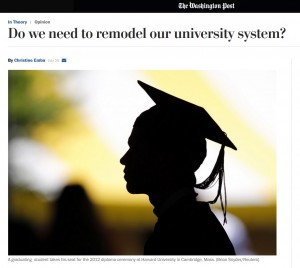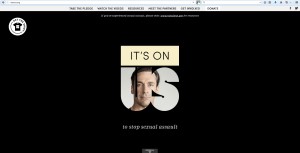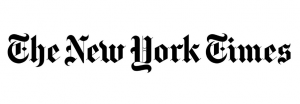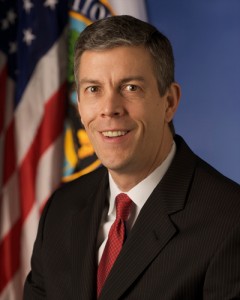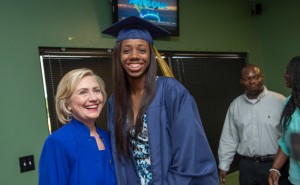I was on vacation back east last week, not far from the small town in Connecticut in which I grew up. I lived there from birth until I graduated from high school and went off to college. Madison was small, at least by the standards of the eight other places I have lived since then, all of which dwarf Madison in size. The population when I left in 1977 was somewhere in the ballpark of 10,000 people; the most recent census data show that the town has grown somewhat since then, but as of last year the population was still only about 18,000.
There were not a lot of diversions for an adolescent the town back then. There was no arcade; in fact, I don’t think there was even any public place that had a pinball machine. There was no fast food; the closest was the soda counter at Jolly’s, one of two drug stores in the town. Television was limited to over-the-air channels, which consisted of the three major networks, ABC, NBC, and CBS; public broadcasting; and three independent stations from New York City – WOR, WNEW, and WPIX – which I recall broadcast mostly reruns and professional sports.
Continue reading “On reading, or the legacy of Donald E. Westlake (part 1)”

